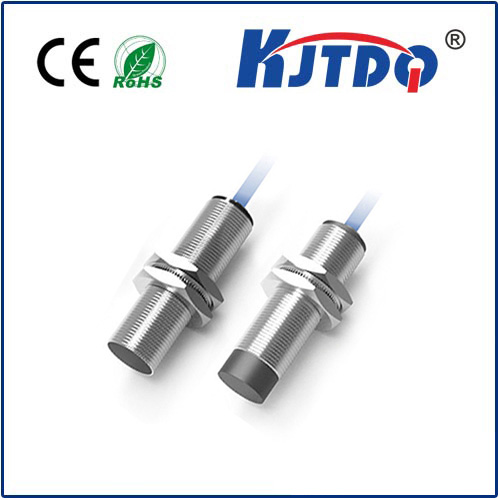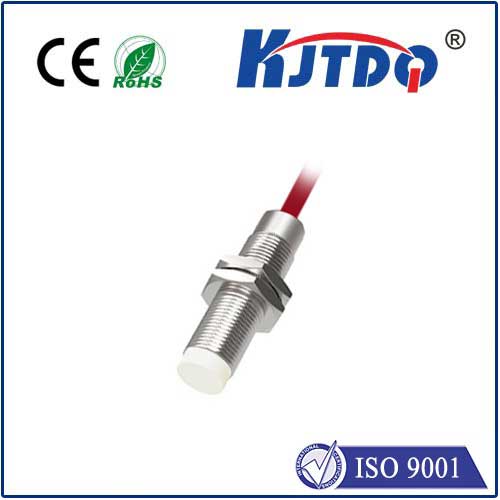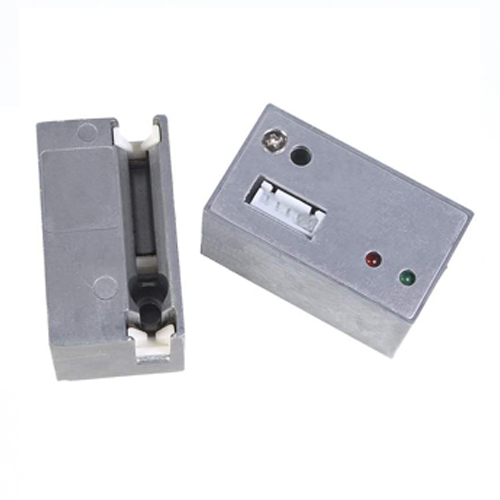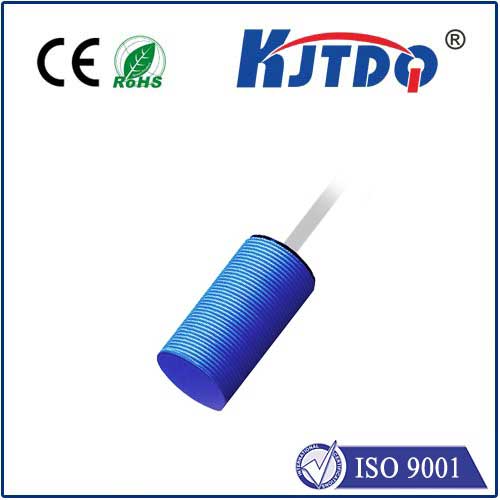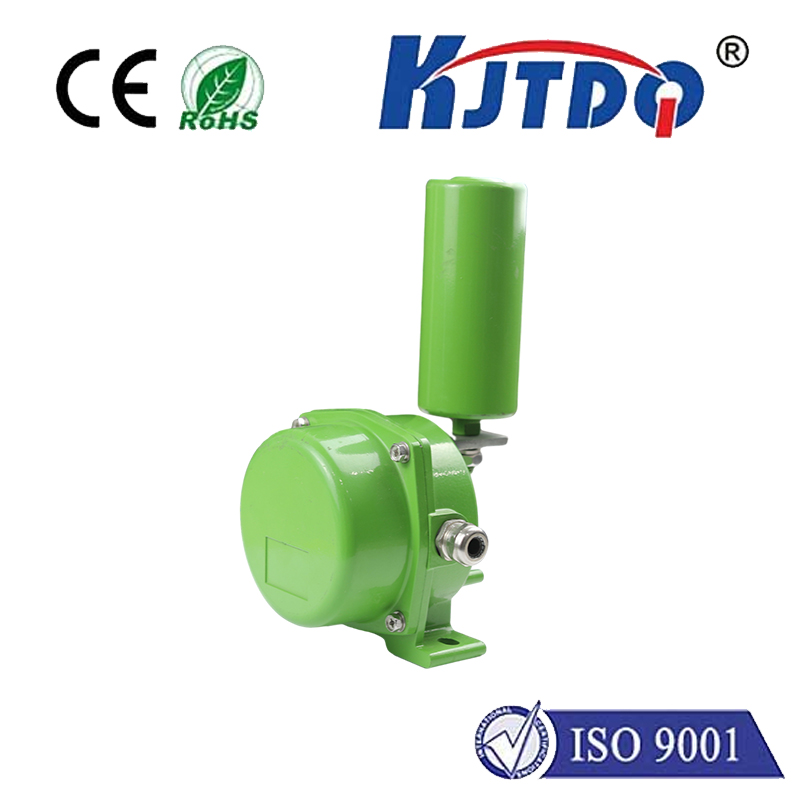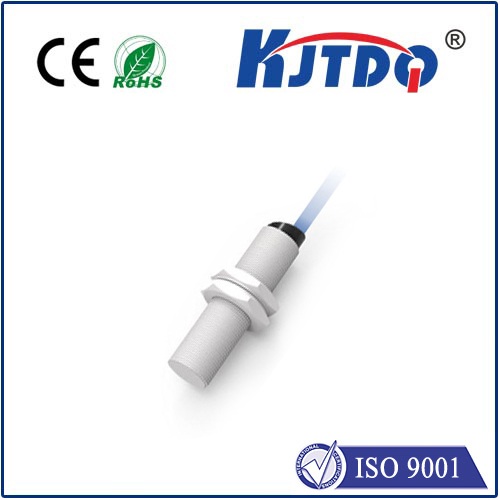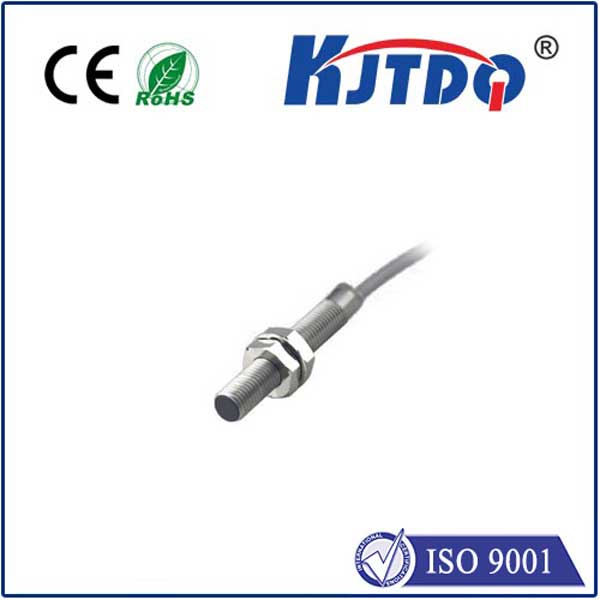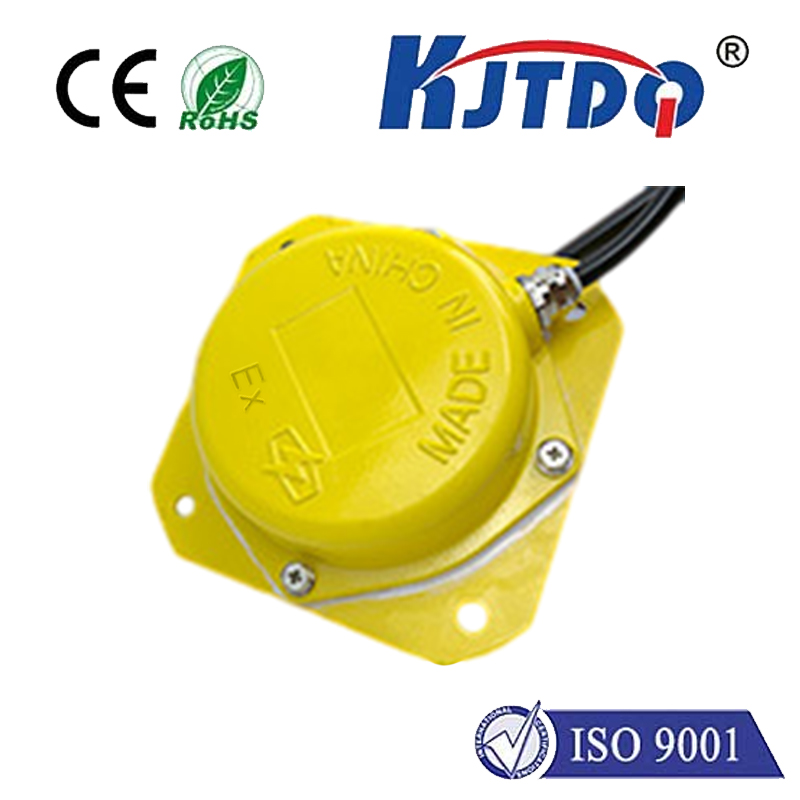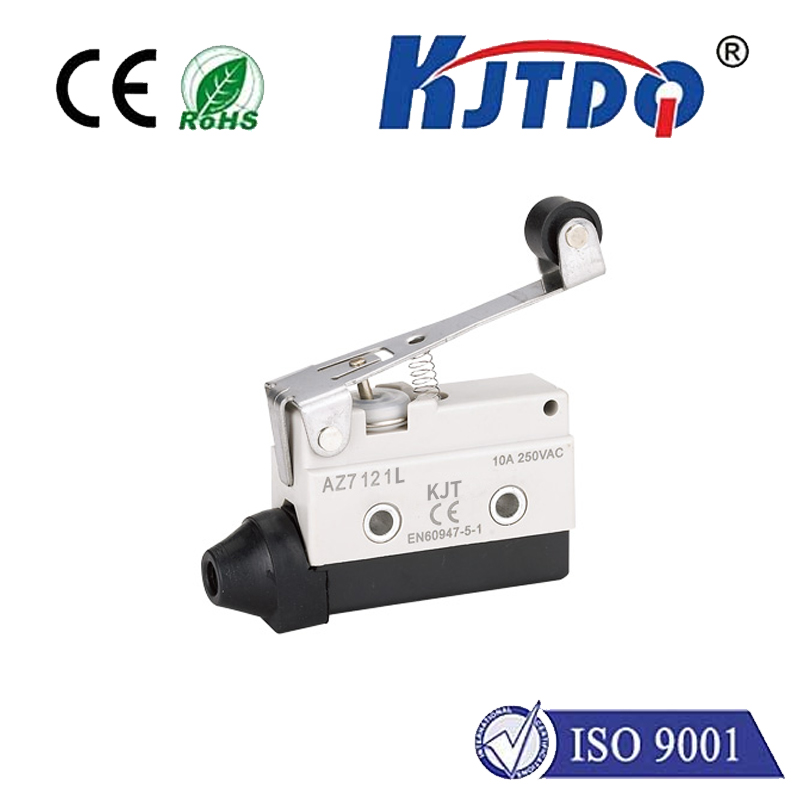capacitive proximity sensor detects
- time:2025-06-17 02:02:27
- Click:0
Capacitive Proximity Sensor Detects: The Invisible Sense of Touch in Automation
Ever wonder how a machine simply “knows” something is nearby without actually touching it? Behind countless modern conveniences and industrial marvels lies a workhorse technology often overlooked: the capacitive proximity sensor. While the name might sound complex, its core function is elegantly simple – it detects the presence or absence of objects within its sensing range, all without physical contact. But how does this seemingly magical detection actually work, and where is this invisible sense applied? Let’s demystify the principles and explore the powerful capabilities unlocked when a capacitive proximity sensor detects.
At its heart, a capacitive proximity sensor operates on the principle of capacitance – the ability of a system to store an electrical charge. Think of it like a silent, invisible field emanating from the sensor’s face. This sensor essentially acts as one plate of an open capacitor. An oscillator circuit generates an electromagnetic field emanating from this active sensing surface.
When no target object is present, this field is stable, and the capacitance remains at a relatively constant base level. However, when a target object enters this proximity detection zone, things change dramatically. The target object (or more precisely, its physical properties) interacts with the sensor’s electric field. Crucially, capacitive sensors detect targets based on their dielectric constant (a measure of how well a material stores electrical energy) and, to a lesser extent, their electrical conductivity.
Here’s the detection sequence:

- Field Interaction: The target object enters the oscillating electromagnetic field generated by the sensor.
- Capacitance Change: The presence of the target object alters the capacitance of the system. Materials with a higher dielectric constant than air (which is nearly all solids and liquids) cause a measurable increase in capacitance. Conductive materials (like metals) can cause an even more significant change by acting like an opposing plate.
- Circuit Response: The sensor’s internal circuitry continuously monitors the capacitance or the effect it has on the oscillator’s amplitude or frequency.
- Signal Trigger: When the change in capacitance exceeds a predefined switching threshold, the sensor’s output circuit is activated (or deactivated, depending on its logic – NO or NC). This electrical signal tells the connected controller: “Target detected!”
What Can a Capacitive Proximity Sensor Detect?
This is where the technology shines due to its versatility. Unlike inductive sensors primarily focused on metals, capacitive sensors have a broader reach. They can effectively detect:
- Solid Objects: Plastics, wood, glass, cardboard, paper, ceramics, powders, granules, pellets – essentially any material with a dielectric constant higher than air.
- Liquids: Water, oil, chemicals, beverages, syrups. This makes them ideal for level detection in tanks or pipes containing non-conductive fluids.
- Granular Materials & Powders: Flour, grain, plastic pellets, sand, cement.
- Human Body/Hands: The high water content makes the human body an excellent target. This principle underpins capacitive touchscreens and many touchless control interfaces.
- Metal Objects: While primarily for non-metals, capacitive sensors readily detect metallic objects as well, often without requiring ferrous material.
Key Strengths in Detection:
- Non-Contact Sensing: Eliminates wear and tear on both the sensor and the target, ensuring longevity and reliability. Essential for delicate materials.
- Material Versatility: The ability to detect such a wide range of substances is a primary advantage over other sensing technologies.
- Impervious to Surface Conditions: Can reliably detect targets regardless of surface color, transparency, or reflectivity (unlike optical sensors). Dust, dirt, and moisture have less impact compared to optical sensors, though excessive buildup can affect performance.
- Through-Barrier Detection: Certain types, especially lower-frequency capacitive sensors, can detect liquids or solids through thin non-metallic walls (like plastic or glass tank walls). This enables sealed systems and hygienic applications.
Real-World Applications: Where Detection Happens
The moment a capacitive proximity sensor detects something triggers actions across countless industries:
- Level Control & Monitoring: Detecting the presence/absence of liquid in bottles or tanks, monitoring powder levels in silos, preventing overfills or dry runs in filling lines. Their ability to detect through container walls is invaluable here.
- Material Handling & Packaging: Verifying the presence of items on conveyors (boxes, bottles, parts made of plastic, wood, etc.), counting objects, detecting stacked sheets (paper, cardboard), confirming cap or closure placement.
- Process Automation: Monitoring the flow of granular materials, detecting jams in chutes, verifying the presence of components in assembly machines (plastic parts, rubber gaskets, etc.).
- Food & Beverage Production: Checking fill levels in containers, detecting missing caps or lids, verifying the presence of labels, monitoring product flow.
- HMI / Touch Interfaces: Acting as the primary detection mechanism behind touch buttons, sliders, and proximity wake-up features in appliances, kiosks, and control panels.
- Security: Hidden proximity detectors for tamper protection.
- Automotive: Detecting seat occupancy (passenger presence), fluid levels (washer fluid, coolant), position sensing of non-metallic components.
Optimizing Detection Performance
While versatile, getting the best performance from a capacitive proximity sensor requires consideration:
- Sensor Selection: Choose a sensor with a suitable nominal sensing range (Sn) for the application. Remember that the actual switching distance can be affected by the target material’s properties.
- Target Material & Size: Larger targets and materials with higher dielectric constants are detected more easily and at greater distances. Small targets or materials barely exceeding air’s dielectric constant require careful positioning.
- Mounting & Environment: Mount the sensor stably. Ensure surrounding metallic structures are at a sufficient distance as per manufacturer guidelines (usually a multiple of Sn) to prevent false triggering. Adjust the sensitivity potentiometer (if available) to tune the detection threshold and ignore background interference or container walls.
- Hygiene & Cleanliness: For applications like food processing, choose sensors designed for washdown environments (IP67/IP69K) and keep the sensing face clean from excessive buildup of process material.
The elegance of capacitive proximity sensing lies in its simplicity and breadth. By harnessing the fundamental properties of capacitance and the interaction of electric fields with matter, these sensors provide an invisible, non-contact method to detect presence across an astonishingly wide range of materials. From ensuring your bottle of soda is filled correctly to enabling the touch screen on your phone, the moment a capacitive proximity sensor detects its target is a critical, often unseen, step driving efficiency, safety, and functionality in our automated world. Understanding the how and what behind this detection empowers engineers and technicians to leverage this versatile technology effectively.






